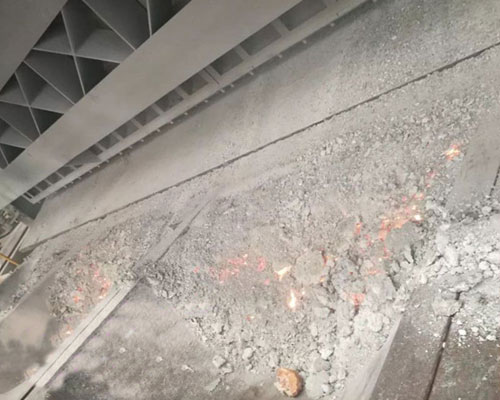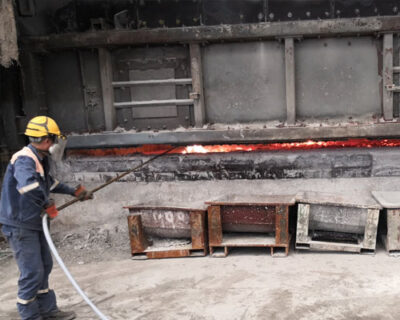Aluminum is primarily used to produce pistons, engine and body parts for cars, beverage cans, doors, siding, and aluminum foil. It may also be used as sheet metal, aluminum plate and foil, rods, bars and wire, aircraft components, windows, and door frames. The leading users of aluminum include the container and packaging industry, the transportation industry, and the building and construction industry. Aluminum Smelting and Refining is important for casting aluminum.
Aluminum can either be produced from bauxite ore or from aluminum scrap. Both primary and secondary aluminum producers do the procedure of Aluminum Smelting and Refining, and pour it into bars called ingots. The ingots are shipped to metal casting plants or other shaping plants for molding or rolling.
Primary Aluminum Refining
Aluminum production from bauxite ore is a three-step process.
First, the alumina is extracted from bauxite ore usually using the Bayer Process. In the Bayer Process, finely crushed bauxite is mixed with sodium hydroxide and placed in a `digester.’ High temperatures and pressures in the digester cause reactions in the ore/sodium hydroxide mixture. The result is dissolved aluminum oxide and ore residue. The residues, which include silicon, lead, titanium, and calcium oxides, form a sludge in the bottom of the digester. The aluminum oxide is evaporated off and condensed. Starches and other ingredients are added to remove any remaining impurities from the oxide.
Then, the solution is moved to a precipitation tank where the aluminum oxide is crystallized. Aluminum hydroxide and sodium hydroxide are the products of the crystallization. The crystals are washed, vacuum dewatered and sent to a calcinator for further dewatering.
Finally, aluminum oxide from the Bayer Process is reduced to aluminum metal usually using the Hall-Heroult process. In this process, the aluminum oxide is placed in an electrolytic cell with molten cryolite. A carbon rod in the cell is charged and the reaction results in carbon monoxide, carbon dioxide, and aluminum. The aluminum sinks to the bottom where it is removed from the tank and sent to a melting or holding furnace.

Aluminum Smelting and Refining
The molten aluminum is then mixed with desired alloys to obtain specific characteristics and cast into ingots for transport to fabricating shops. In the fabrication shops, the molten aluminum or aluminum alloys are remelted and poured into casts and cooled. Molten aluminum may be further heated to remove oxides, impurities and other active metals such as sodium and magnesium before casting. AdTech offers Online Degassing Unit, CFF Filtering Unit, Ceramic Foam Filter, Casting Launder, and Fluxes for aluminum smelting and refining.
The degassing unit and fluxes are mainly used to refine the molten aluminum, ceramic foam filter and CFF filtering unit are used for filtering the impurities. The casting launder has the function of molten aluminum transmission and thermal insulation. AdTech’s products are manufactured with quite powerful processing engineering and very advanced producing technology. AdTech China factory has acquired the ISO 9001 quality system certification and ISO 14001 environmental assessment certification and SGS operation certification.

